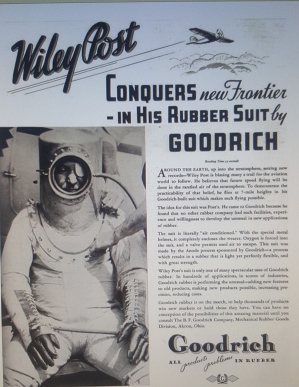
A member of the Longines Honor Roll, Wiley Post was a daring and adventurous pilot. Down to earth and somewhat brazen he was a fearless, record breaking aviator with an avid love of flight. Famed for the first ever solo flight around the world and a pioneer in early pressurized pilot suits, he leaves an extraordinary legacy.
These early prototypes serve as the precursor to today’s pressurized space suits, or, the Extravehicular Mobility Unit. Discovering the jet stream and developing the early autopilot system, his contributions to aviation are beyond comprehension.
Born on November 22nd, 1898 in Grand Saline, Texas, Wiley Post went on to lead an extraordinarily colorful life.
Dying in a tragic plane crash at just 36 he lived life to its fullest extent; taking risks others would not in order to push the limits of aviation and aerospace technology.


Post had been transfixed by his first aircraft in 1913 at the county fair in Lawton, Oklahoma. Having seen his future trailblazing the skies, Post enrolled at Sweeney Automobile and Aviation School in Kansas City.
Unlike many other aviators at this time, Post did not have any financial backing, family or otherwise. This made earning his wings more difficult than most.
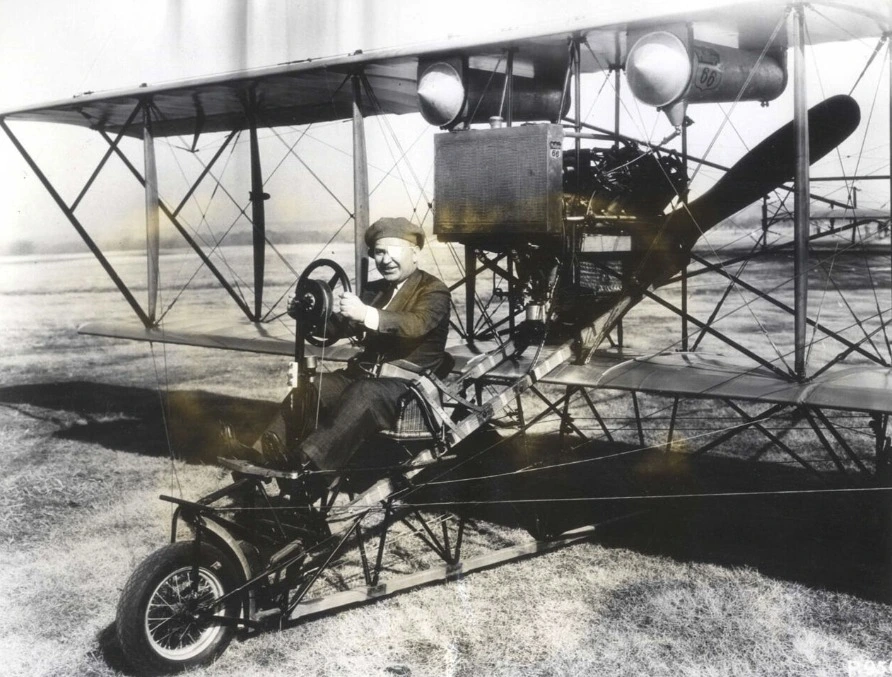
Like Amelia Earhart he had to work various other jobs to raise funds. Some seven months later, he left Aviation School and took a job with Chickasaw and Lawton Construction Company.
WWI offered Post the opportunity to fly and thus he enrolled with a training camp at the University of Oklahoma. His hopes of becoming a pilot with the U.S. Army Air Service were dashed as the war ended before the completion of his training.
Back to work as a “roughneck” in the Oklahoma oilfields before a brief stint as a carjacker; for which he served 14 months at Oklahoma State Reformatory.
The Flying Circus
Post was to wait until the age of 26 to begin his aviation career. In 1924 he became well known as a parachutist with the flying circus, Burrell Tibbs and His Texas Topnotch Fliers.

As a barnstormer Post would entertain circus goers with aviation tricks and stunts designed to “impress people with the skill of pilots and the sturdiness of planes.”[1]
In October 1926 Post lost his left eye to an oil field accident. Undeterred by this injury, he used the settlement money to purchase his very own aircraft.
Post was first recognized by the world of aviation in the Winnie Mae; a single-engine Lockheed Vega belonging to F.C. Hall. Post and the Winnie Mae traveled from Los Angeles to Chicago, finishing first in the 1930 National Air Race Derby with a time of 9 hrs, 8 min and 2 sec.
Around the World in Eight Days
In 1931 Post and Harold Gatty were to travel Around the World in Eight Days.[2]
They left Long Island, New York bound for Harbour Grace, Flintshire, Hanover, Berlin, Moscow, Novosibirsk, Irkutsk, Blagoveshchensk, Khabarovsk, Solomon, Fairbanks, Edmonton, and Cleveland before returning to Roosevelt Field.

The journey was not without difficulties as Post recalls in Solomon:
With 100 gallons of fuel aboard, we started to take off. Taxiing back along the beach, the ship started to sink into the sand. With a quick thrust I banged the throttle open to pull her through it before we were stuck. But all I succeeded in doing was to boost the tail up into the air. With a loud slap the propeller cut a hole in the sand and bent both tips on the blades. I cut the emergency switch just in time to keep ‘Winnie Mae’ from making an exhibition of herself by standing on her nose. That would have been fatal to our hopes.
I jumped out and surveyed the damage. With a wrench, a broken-handled hammer, and a round stone, I drew out the tips of the blades so they would at least fan the air in the right direction.
But misfortunes never come singly. Harold was swinging the prop for a prime with the switch cut to restart the hot engine. He called ‘all clear’ to me, and I switched on and whirled the booster. One of the hot charges of gasoline caught on the upstroke of the piston, and with a back fire the Wasp kicked. The propeller flew out of Harold’s hands, and the blade opposite smacked his shoulder before he could jump clear of the track. He dropped like a log. It was fortunate, to say the least, that it was the flat side of the blade which hit him, though it gave him a bad bruise and a wrenched back. If the prop had been going the other way, he might have been sliced in two.[3]
Undeterred by misfortune, the crew soldiered on. After an astonishing 15,474 miles covered in 8 days 15 hours and 21 minutes; the Winnie Mae touched down on July 1st 1931 to an outpouring of public adoration.
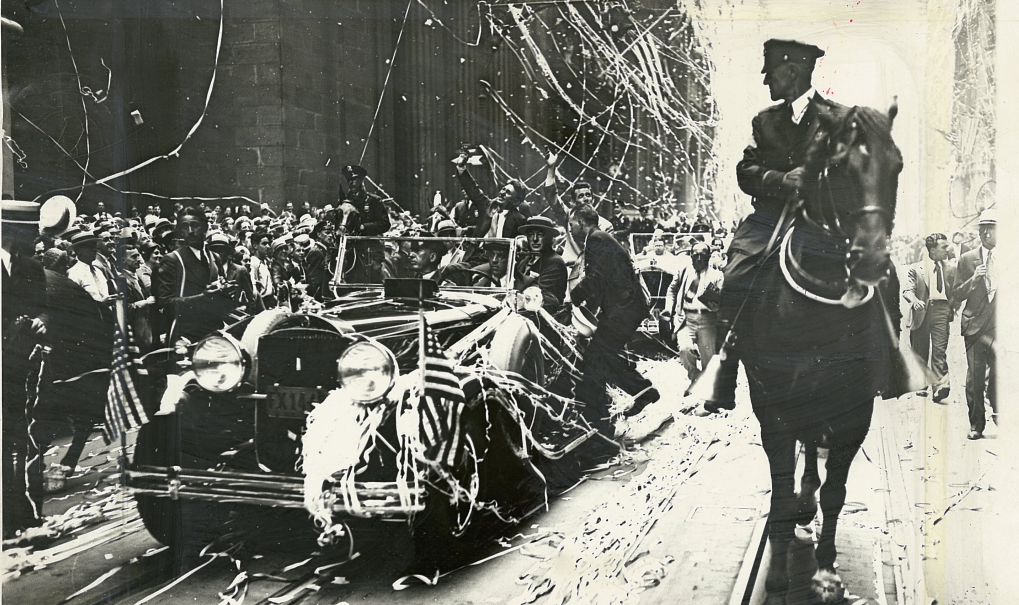
This would mark the first ever round the world trip by a fixed wing aircraft. A ticker-tape parade was held in their honor, alongside a banquet with the Aeronautical Chamber of Commerce of America, not to mention a spot of lunch at the White House.
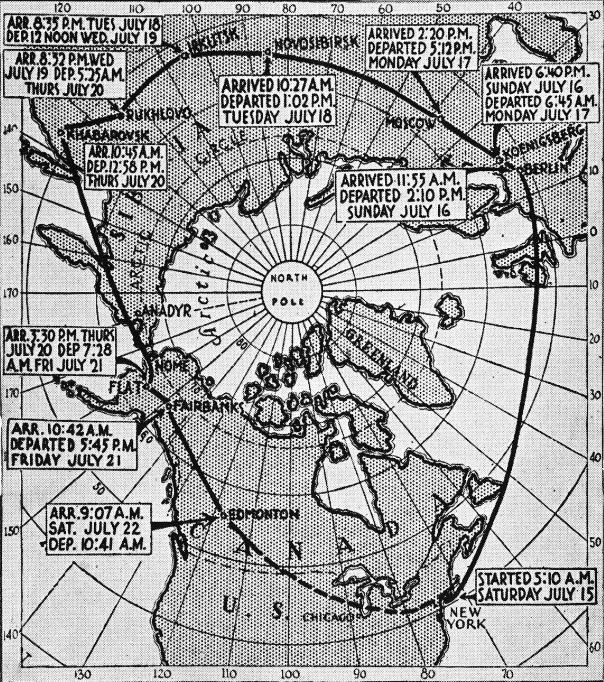
After such an incredible achievement it would be easy to assume that Post would be offered any number of lucrative opportunities in the aviation field. While aviation itself offered notoriety to all who dared to conquer the skies; the financiers were often more particular in their elitism.
Post could not actualize his own aeronautical school due to financier’s doubts over his rural background and lack of formal education. Defiant in the face of these detractors Post climbed back into the cockpit to once again fly around the world; this time, solo.
Around the World Solo
Replacing navigator with compass and newly developed autopilot device with a radio direction finder[4], Post left Floyd Bennett Field in 1933 to break his own air speed record.
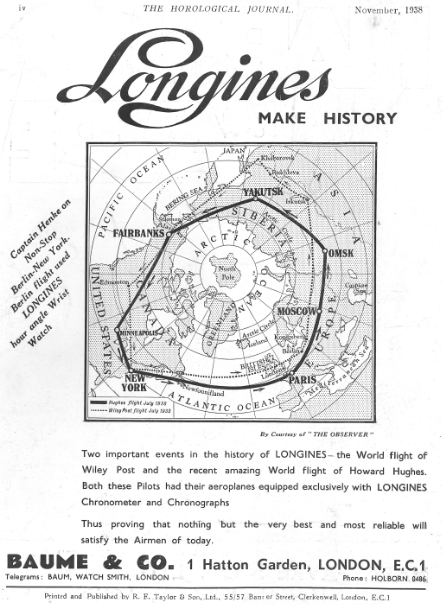
In just 7 days, 18 hours and 49 minutes, Post returned triumphant on July 22nd 1933 to a reception of fifty thousand cheering admirers.
When Howard Hughes and crew completed their own around the world trip in July 1938, Hughes was asked how this compared to Post’s solo flight:
“Wiley Post’s flight remains the most remarkable flight in history. It can never be duplicated. He did it alone! … It’s like pulling a rabbit out of a hat or sawing a woman in half.”[5]
Howard Hughes. Quote retrieved from: Dominick Pisano, ‘Wiley Post’, Aeronautics Department, https://airandspace.si.edu/stories/editorial/wiley-post (date accessed 12/08/16).
Pushing the Envelope Higher
Post’s next challenge was high altitude flying. Now with funding from Frank Phillips of the Phillips Petroleum Company Post went on to push the limits of high-altitude, long-distance flight.

With an unpressurized cabin, the Winnie Mae could not sustain these heights and Post set out to develop the world’s first practical pressure suit.[6]
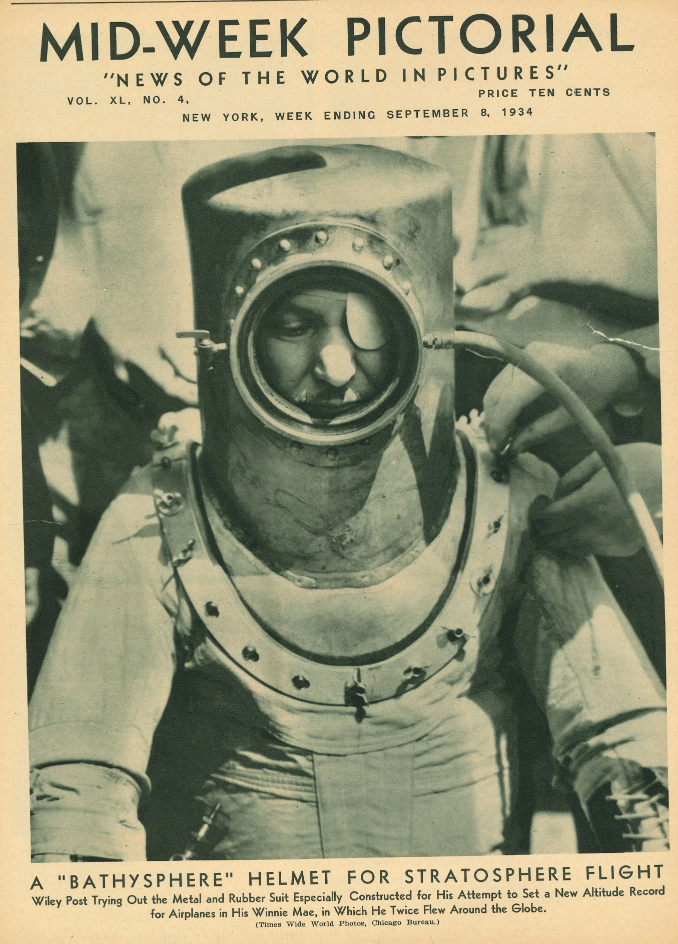
In this suit Post reached 50,000ft discovering the jet stream and pioneering the first major advances in pressurized flight.
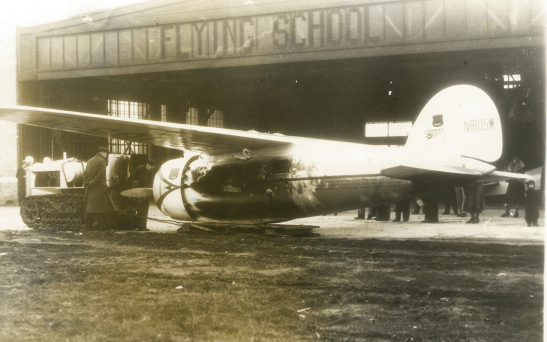
In 1935 Post built a hybrid plane from two wrecks, with the fuselage of a Lockheed Orion and the wings of an experimental Lockheed Explorer, Post aimed to follow a mail-and-passenger route from the United States to Russia.
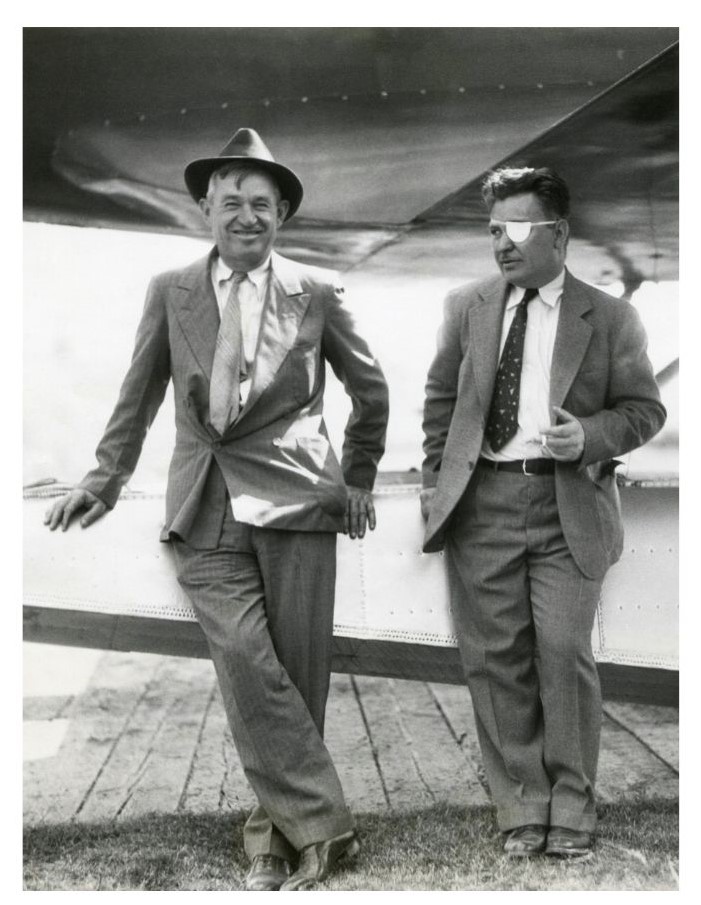
After Lockheed refused to make the amendments he wished, and low on funds, Post was forced to make the changes himself. It was believed by Lockheed that the combination of parts were incompatible and potentially dangerous.
Post, once again undeterred by detractors set off in his hybrid plane in August 1935. With celebrity and columnist Will Rodgers on board both men plummeted to their deaths in Alaska on August 15th 1935.
They died instantly as the nose heavy hybrid crashed into a lagoon after engine failure at low altitude.
Post was mourned by the American people who had loved his daring attitude and plucky character. Courageous to the end, Post never gave up, nor did he give in to those who underestimated his abilities. Not only an outstanding pilot; Post was a pioneer in early pressurized flight suits, auto pilot devices and high altitude flight. He will forever be enshrined in the Aviation Hall of Fame.[7]

Footnotes
- PBS/WGBH, ‘Daredevil Lindbergh and His Barnstorming Days,’ PBS, http://www.pbs.org/wgbh/amex/lindbergh/sfeature/daredevil.html (date accessed 12/08/16)
- Wiley Post and Harold Gatty, Around the World in Eight Days, (Crown; 1st edition, December 23, 1989).
- Wiley Post and Harold Gatty, Around the World in Eight Days, (Crown; 1st edition, December 23, 1989). Quote retrieved from: Stephen Sherman, ‘Wiley Post. First to Fly Solo Around the World, Lost over Alaska’, Ace Pilots, (Acepilots.com, Jan. 2001), http://acepilots.com/post.html (date accessed 13/08/16).
- These were in their final stages of development by the Sperry Gyroscope Company and the United States Army.
- Howard Hughes. Quote retrieved from: Dominick Pisano, ‘Wiley Post’, Aeronautics Department, https://airandspace.si.edu/stories/editorial/wiley-post (date accessed 12/08/16).
- This suit is currently being prepared for display at the National Air & Space Museum. Image: Eric Long, ‘Wiley Post Pressure Suit’, National Air and Space Museum, Smithsonian Institution, https://airandspace.si.edu/multimedia-gallery/si-98-15012hjpg (date accessed 13/08/16)
- He was enshrined in the National Aviation Hall of Fame in 1969: ‘Wiley Post: Dare Devil.’ National Aviation Hall of Fame (NAHF). http://www.nationalaviation.org/our-enshrinees/post-wiley-hardeman/ (date accessed 13/08/16).
Bibliography
Anonymous, ‘Wiley Post: Dare Devil.’ National Aviation Hall of Fame (NAHF). http://www.nationalaviation.org/our-enshrinees/post-wiley-hardeman/
Long, Eric. ‘Wiley Post Pressure Suit’, National Air and Space Museum, Smithsonian Institution, https://airandspace.si.edu/multimedia-gallery/si-98-15012hjpg
PBS/WGBH, ‘Daredevil Lindbergh and His Barnstorming Days,’ PBS, http://www.pbs.org/wgbh/amex/lindbergh/sfeature/daredevil.html
Pisano, Dominick. ‘Wiley Post’, Aeronautics Department, https://airandspace.si.edu/stories/editorial/wiley-post
Post, Wiley and Gatty, Harold. Around the World in Eight Days, (Crown; 1st edition, December 23, 1989).
Sherman, Stephen. ‘Wiley Post. First to Fly Solo Around the World, Lost over Alaska’, Ace Pilots, (Acepilots.com, Jan. 2001), http://acepilots.com/post.html

Thank you for a fantastic biography of Mr. Wiley Post. Wonderful research and images. In central Oklahoma, a sculptor Nathan Pratt is trying to finance a 50-ft stainless steel monument of WILEY POST in his pressurized suit, holding his helmet. At night, the helmet emits a beautiful white hopeful beam of light. It’s a wonderful and epic tribute to Mr. Wiley Post. If you will, check it out. You’ll love it too. https://www.beaconofvision.com/
Greetings Shellee, a very big thank you for your comments and feedback and the sincerest apologies for a belated response. Wiley Post to this day is credited with aviation’s greatest feat – he was the first to recognize and prepare the body for jetlag in his solo RTW flight. They were characters from a truly different time. It is hard to believe someone sporting an eye patch and having flown 50,000 ft in a propellor plane in 1934 lost his life in an accident from 50ft. The pic titled a diving bell suit for a stratosphere flight imho best captures the interwar era and aviation’s so called Golden Years. Thank you very much for the link. Andy